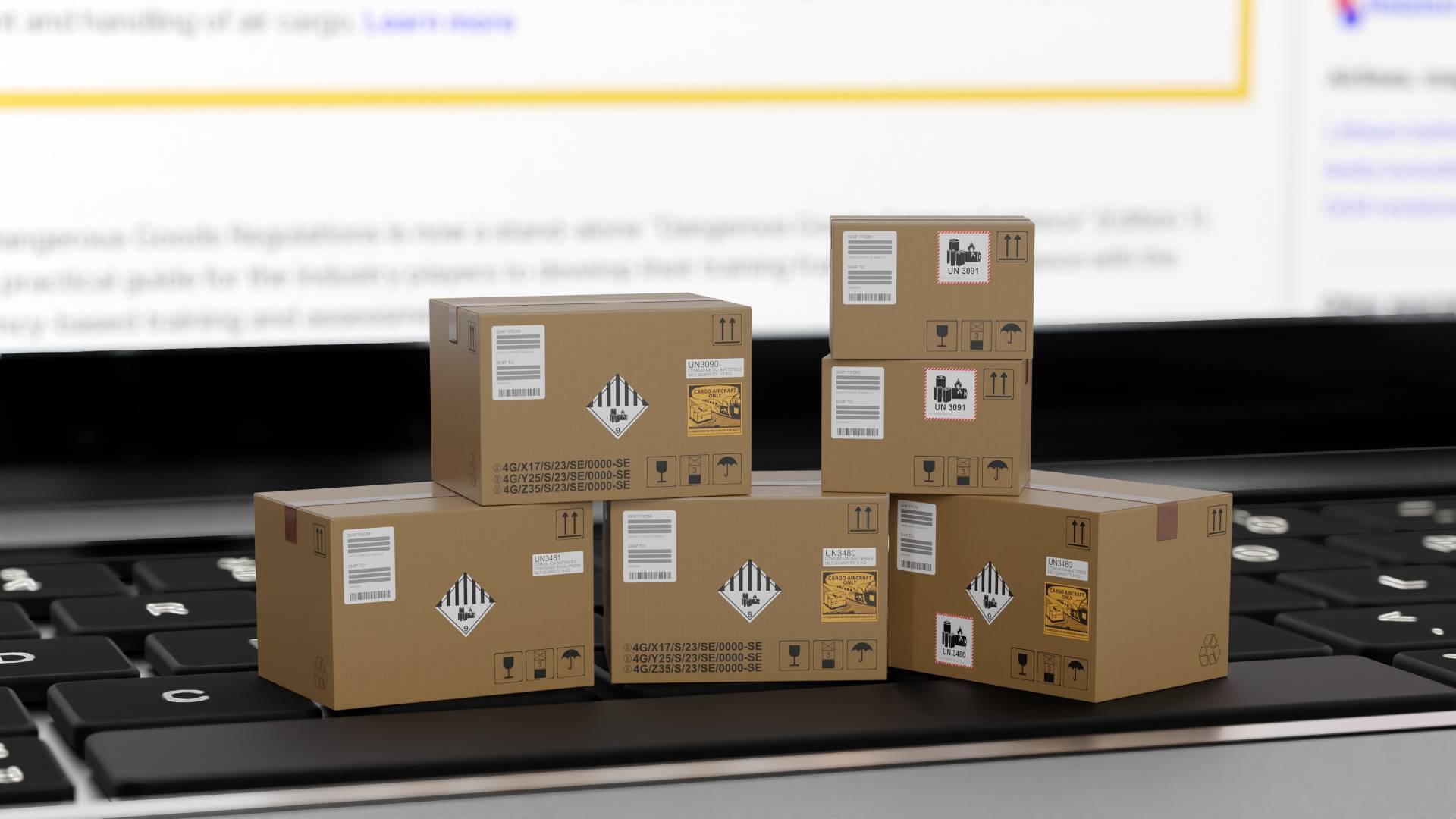Safety and regulations for the transport of dangerous goods under ADR
The ADR regulates the international transport of dangerous goods by road. This European agreement lays down rules for the handling, packaging and transport of products presenting risks to health and the environment. For such transport to take place, ADR carriers must be equipped with safety equipment. This includes personal protective equipment for drivers, as well as dangerous goods identification markings on vehicles and packaging.
Safety equipment to protect people and the environment
ADR regulations require carriers to fit each transport unit with certain safety equipment. This equipment protects people and the environment. It also ensures safety in the event of an accident.
The ADR kit for transporting hazardous materials
The ADR kit is the mandatory equipment carried on board a vehicle dedicated to the transport of hazardous materials. Each crew member must have a fluorescent vest, a pair of gloves, a harness, portable lighting and eye protection. The kit also includes a first-aid kit.
The TDG vehicle must also be equipped with ABC powder extinguishers, the capacity of which is calculated according to the GVW of the transport unit. The vehicle is also equipped with a wheel chock, two warning signs and eyewash. Vehicles carrying Class 3, 4, 8 or 9 products are equipped with a shovel, manhole cover and collection tank.
Approval certificate for ADR vehicles in France and abroad
Part 9 of the ADR regulations lays down technical construction and approval requirements for tanks and vehicles carrying explosive substances. The conformity of these vehicles is then attested by an ADR approval certificate issued by the competent authority. The aim is to check that vehicles comply with regulatory standards (construction standards, safety equipment, etc.).
If the vehicle is used only in France, only a TDG certificate is required. For transport abroad, an ADR approval certificate is required. This authorization must be renewed every year, and forms part of the documents held by the driver during transport.

Identification of hazardous materials under ADR
According to ADR regulations, goods are dangerous when they present a risk to health or the environment. Its transport must therefore be supervised and visibly marked.Dangerous goods must beidentified on packaging and transport vehicles.
Goods packaging and packaging groups
Dangerous goods are transported in specific packaging with a UN marking. This UN code is made up of groups of letters and numbers. These elements refer to the characteristics of the contents, the type of packaging and the country of approval. Each dangerous good is assigned a packaging group (PG), which indicates its level of hazard. Packaging group I indicates a high level of danger, PG II a medium level and PG III a low level of danger.
Signage for hazardous materials vehicles
Vehicle signage also contributes to the safe transport of hazardous materials. In the event of an accident, they enable emergency services to quickly identify the nature of the products being transported. This signage is made up of two types of plates. They indicate which materials are being transported and the danger involved.
The hazard code plate and the UN material code
The orange ADR plate features two series of numbers. At the top, these numbers represent the hazard code. This is made up of numbers from 0 to 9, whichidentify the reaction hazards of the material. There are always at least two numbers, with 0 meaning no hazard. A code preceded by an X means that the material reacts dangerously with water. ADR plates are located on the front, on both sides and on the front.
The lower part represents the material code. This is the four-digit identification number according to the UN nomenclature. This nomenclature comprises 3,000 numbers, each corresponding to a product.
Hazard symbol plates with material classes
This diamond-shaped plate indicates the type of hazard in the form of a pictogram. These labels are affixed to the sides and rear of the road vehicle.
|
Class |
Materials |
|
1 |
Explosive materials and objects |
|
2 |
Compressed, liquefied or dissolved gases under pressure |
|
3 |
Flammable liquids |
|
4 |
4.1 : Flammable solids / 4.2 Spontaneously flammable / 4.3 Water-reactive substances |
|
5 |
Oxidizing substances |
|
6 |
Toxic or infectious materials |
|
7 |
Radioactive materials |
|
8 |
Corrosive materials |
|
9 |
Miscellaneous hazardous materials and objects |
Provisions for training all players in the TDG chain
ADR training is compulsory for all those involved in the transport of dangerous goods. Its aim is to provide in-depth knowledge of the risks associated with this type of transport. ADR training covers a wide range of topics, including classification, packaging requirements, loading and unloading operations, and what to do in the event of an accident.
For drivers, training in Chapter 8.2 of the ADR is required. This training leads, after passing an examination, to certification valid for five years. This certification is necessary to be able to specialize in a specific type of transport: ADR extended tanks, ADR petroleum products, ADR liquefied petroleum gas, etc.
Training in Chapter 1.3 of the ADR applies to all persons involved in handling operations. This includes product packaging, wrapping and labeling. Training in this chapter of the ADR regulations also enables all transport-related documents to be drawn up.
Safety in ADR transport relies on the protection, signalling and training of the various parties involved. ADR transport is one of the many skills offered by HK Courses. Our company transports your dangerous goods not only in France, but also throughout Europe.


